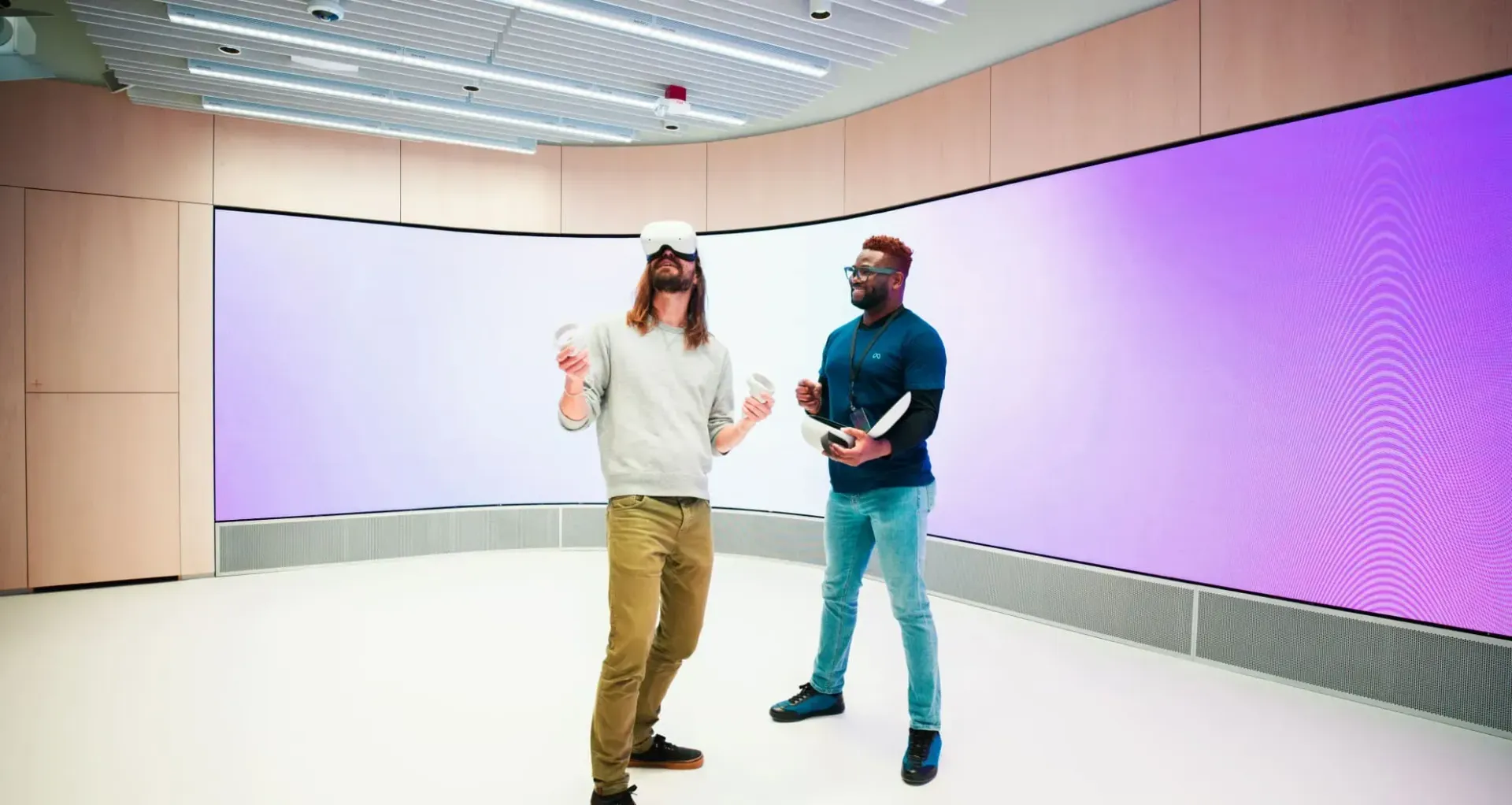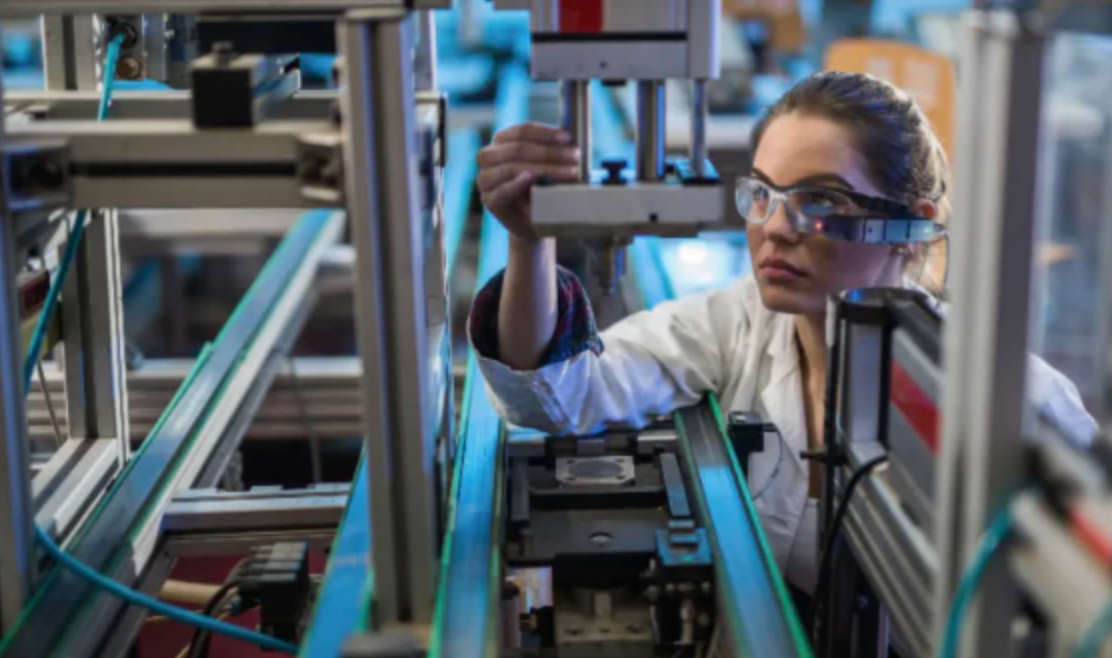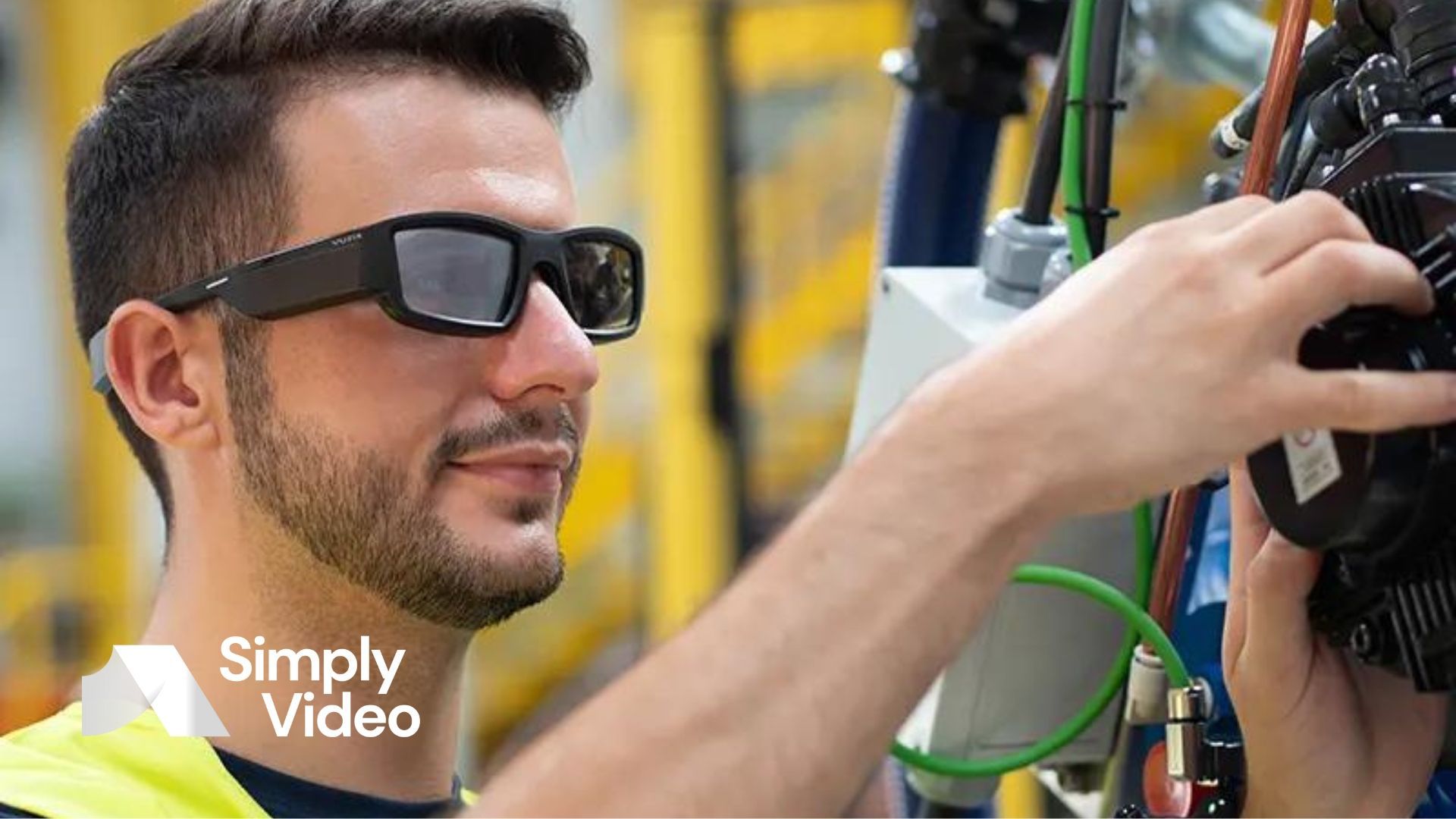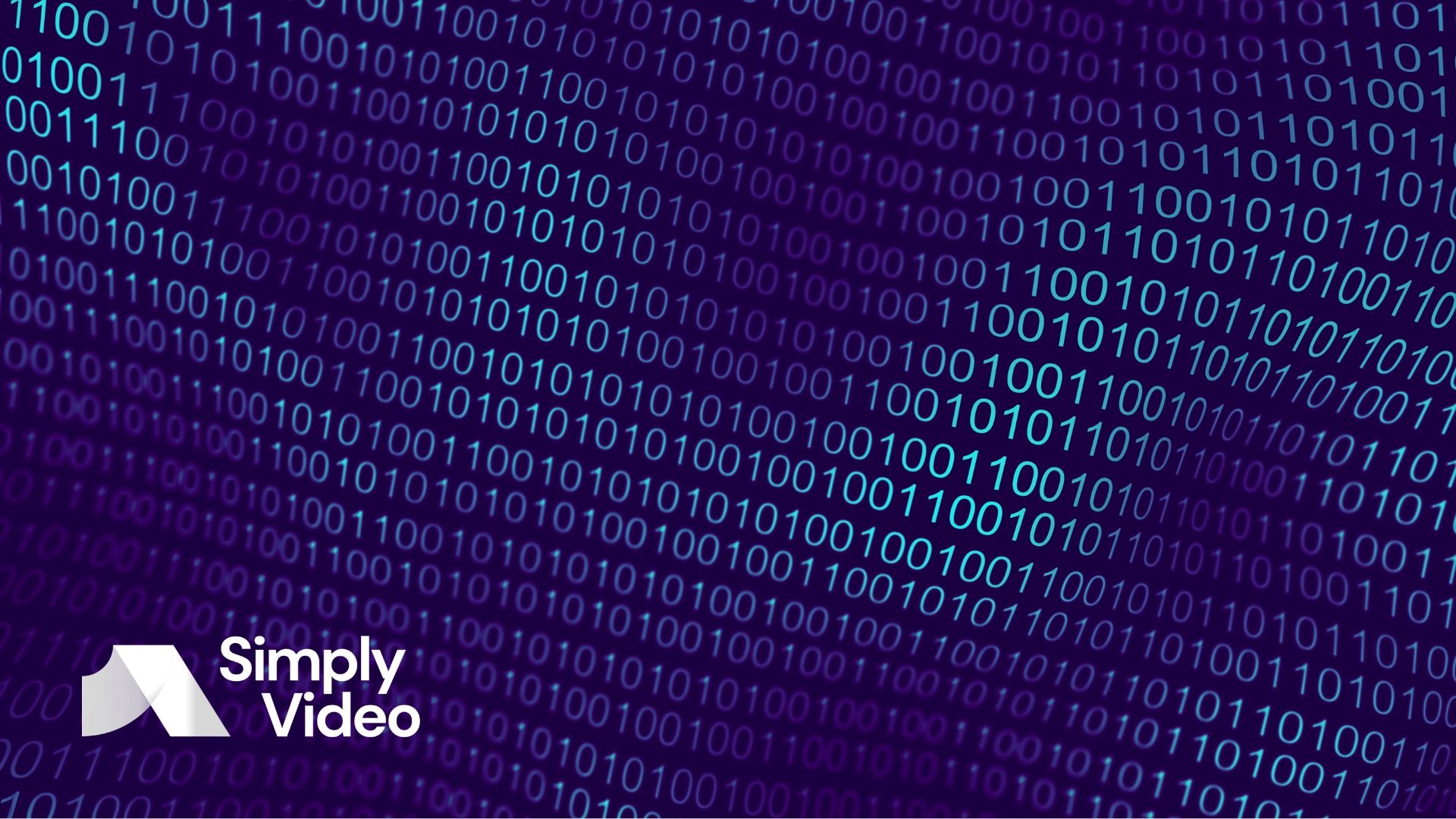Don't leave deskless workers behind
Deskless workers are often neglected when it comes to communication and collaboration. But with the right tools, you can change that. Learn how inside.

In October of 2021, workers at The Kellogg Company underwent a strike as they sought an agreement over job conditions. One of the main sticking points was Kellogg's desire to classify a higher percentage of its workers as transitional.
In December of 2022, workers printing The New York Times wanted higher wages. To accomplish this, they asked that
negotiations take place via teleconferencing software. To quote one representative, when the Times had to make their proposals, “they have to explain it to a room full of their own employees.”
Now is this the best tactic for successful negotiations? Probably not in all cases. But both these examples demonstrate the importance of transparency and representation. Workers in these settings want their employers to know what their jobs are really like – and they want their employers to keep them in the loop through transparency and communication.
A huge chunk of our workforce, arguably the most important chunk, are known as "deskless workers".
Being a deskless worker comes with all kinds of occupational hazards, not least of which is being kept out of the loop, which removes them from receiving critical information that can keep them safe.
Offices have shifted over the last few decades to giving out almost all critical information remotely, and – while this benefits some – it hampers those who don't have a regular space at which to check their correspondence.
Below, we'll talk about what deskless workers are, what challenges they face and what kinds of solutions exist to make their lives easier.
What is the situation of a deskless worker?
A
deskless worker is exactly what it sounds like. Deskless workers can include folks on factory floors, people at construction sites, orderlies at hospitals and short-order cooks – and that's just scratching the surface.
For these employees, the post-pandemic landscape is a tough place to find bearings in. More than ever, workers are expected to use email and other forms of telecommunication to keep abreast of new policies and important news. But without a desk – without a hub to keep a computer, files, notes and a general sense of anchorage to one's occupational duties – it becomes immensely difficult to navigate the goings on of an organisation.
Here are some
numbers to illustrate the plight of the deskless worker:
Deskless workers report a 20% dissatisfaction rate.
This, for context, according to Pew Research Center, is twice the normal rate for other jobs.
50% report witnessing major staffing issues. We'll cover some promising solutions for this specific problem below.
Finally, 35% of all deskless workers report they'd rather have more job flexibility than receive a raise.
These numbers paint a picture of a workforce in desperate need of some empathy. There has to be a way to engage this workforce in the central processing of information within an organisation. There has to be a way to connect these workers to the people in their corporations who
do sit at desks – and who make decisions that affect deskless job conditions.
Luckily, there's hope that a new technology can help these workers make a paradigmatic shift in the way they communicate with others – and the way others communicate with them.
The importance of hands-free teleconferencing for deskless workers
The global pandemic of 2020 brought the world of teleconferencing to the forefront of many people's daily lives. This shift wasn't without adjustments and frustrations – but, for the most part, people quickly become familiar with a new technology. This new normal should be embraced by deskless workers.
Teleconferencing is the best way to connect with others when meeting face-to-face just isn't feasible. Many people associate teleconferencing with travel (or the pandemic), but deskless work is another great example of why telecommunication is increasingly important.
It's just
not efficient to ask someone who's on the front lines to constantly remove themselves from wherever they're stationed to meet – even at regular intervals – in a place completely dissociated from where they put in their hours. It is much more sensible, since their jobs are already on the move and their obstacles can be laid out in front of them, to allow them to meet and discuss important matters while they're out in the field.
And this is a great time to switch to this modality. Workers who aren't deskless are already expected to do more teleconferencing. Whether it's because more people are choosing remote work due to their lifestyles, immunity issues or the pragmatics of office spacing, almost everyone is expected to operate and utilise teleconferencing software.
This presents a fantastic opportunity for desk workers to coordinate with the deskless workforce. With the rise in extended reality (XR) devices, deskless workers finally have the tools to safely bring their administrative-at-a-desk counterparts with them into their workspaces – and to show them what their day-to-day challenges are.
The keys to taking advantage of this opportunity are choosing the right XR equipment and the right company to provide the teleconferencing software.
Better implementation with SimplyVideo
What should you look for in XR hardware and software for your deskless workforce?
The first thing any deskless worker will tell you is that they need a device that can be operated hands-free. This is vital, as most people in the field use their hands to operate their equipment. And, more importantly, since they tend to work hazardous jobs, they need to be able to use their hands at any moment. So a reliable voice-command system for operating a teleconferencing headset is a must.
Second, operators like to use photographs of equipment to show engineers, managers or even human resource specialists what they're up against (whether that be equipment failures, hazardous conditions or unforeseen complications). So it's important that your setup allows photographs to be saved and shared with others.
What would be even better would be if a headset could allow for the annotation of photographs that could be shared during sessions. This way, there's no room for miscommunication. A red wire is a red wire, but a red wire with a big circle around it is
the
wire.
Finally, the ability to share three-dimensional attachments is another step to ingratiating the deskless lives of workers with their at-a-desk counterparts. Pictures, lined up next to CAD diagrams and mosaics, can literally paint a picture for the entire team at a construction site or a hospital or even a restaurant that allows for optimum communication.
Luckily,
SimplyVideo allows for all these features and more. And because we're committed to creating a great experience for deskless workers, we've designed our software to work in low-bandwidth conditions. This means plants, factories and mining sites in the middle of nowhere can access seamless teleconferencing capabilities.
The result? A safer, happier deskless workforce.
Let's kickstart a revolution for your frontline workers. Learn how our XR video software works and what you'll need to get the ball rolling. Or start exploring SimplyVideo for yourself with a
free 30-day trial.












